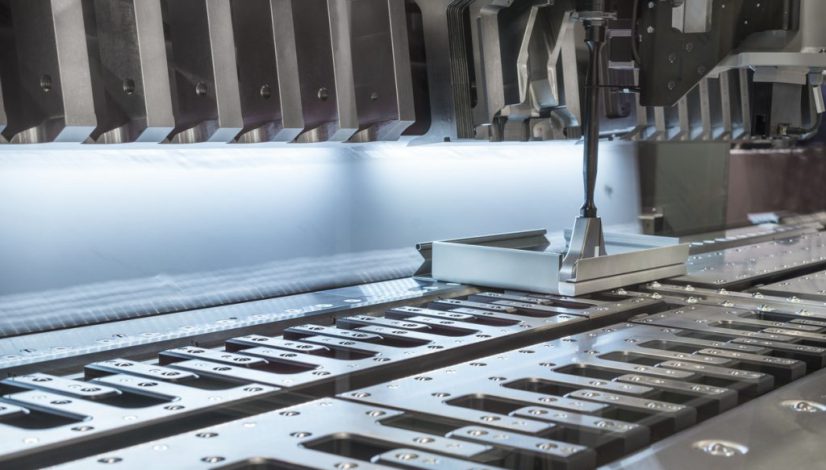Metal Stamping Techniques to Maximize Cost Savings
The Process of Metal Stamping
Metal stamping transforms metal sheets into various shapes and sizes using dies and presses. The most common presses used in metal stamping are mechanical, hydraulic and servo-mechanical.
There are several tooling techniques that can be deployed depending on the application, volumes and part complexity. The advantages of utilizing the best process and source partner for the application will yield faster production times, cost savings and capital expenditures.
Metal Stamping Methods
It is important to understand the best process and tooling options that will best suit your particular application and project ROI goals. These methods include: progressive stamping, coining, fine-blanking, transfer dies, multi-slides, blank fed and hybrid stamping are a few of the most common methods of forming metal products.
- Progressive Tooling
A common technique for high volume basic to complex coil fed parts requiring more than one hit to form. Typically a large volume of parts will be required to achieve a payback for the high tooling cost for this process. - Coining
A process that does not remove material but displaces the metal through tremendous force. As the name implies, a typical process used to produce coins.
- Fine Blanking
Another high-pressure stamping technique that squeezes parts from a coil strip thus eliminating post-processing such as grinding or machining. - Transfer Dies
A technique used for producing high volume components in one machine where the part is separated from the coil and is manipulated in the die to complete the part. This process has both a high tooling and capital cost.
- Blank Fed
Sheet metal blank is loaded either manually or robotically into a simple tool to complex tool to produce a complete part or a partially complete part that will transfer to another machine or machines to complete the part. You will see this technique used for large automotive or heavy truck body components where size and tonnage would prevent the part from being stamped complete in one machine. - Hybrid Stamping
This is an underutilized technique that can be used for low to medium volumes parts. A punched part can be produced from coil steel and finished in a secondary operation such as a press brake to complete the part. This method allows the manufacturer to use low-cost tooling options to gain increased production and cost savings.

